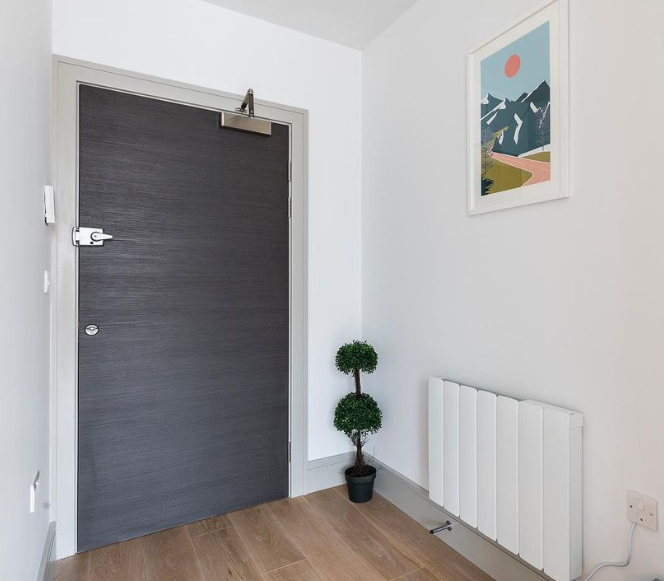Fire Door Safety Guide
Fire doors are important for keeping us safe while we sleep. Since its launch in 2013, Fire Door Safety Week has expanded tremendously in its mission to emphasise the crucial necessity of properly specified, fitted, and maintained fire doors and their associated products. The Fire Door Safety Week campaign emphasises the critical role that fire doors play in protecting us while we are sleeping and at our most vulnerable.
As a result, in this freshly updated blog, we will address the most common door defects that might cause fires, as well as revise any information about fire door safety and provide some advice on how to protect your home or business from the spread of fire.
With fire doors, these are some of the most common door faults:
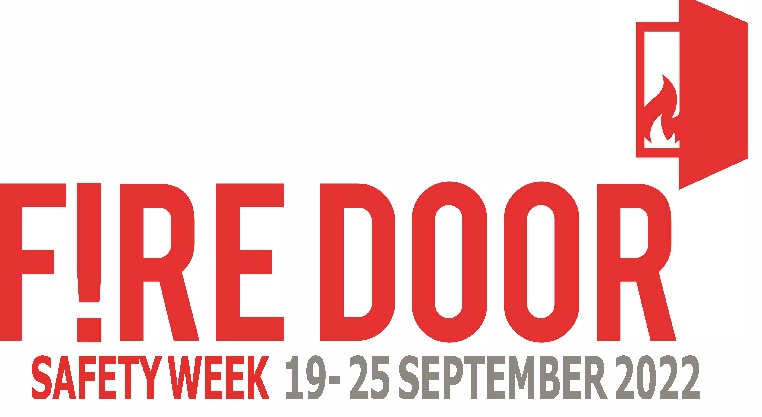
Fire Door Campaign | Fire Door Safety Week
- Missing or incorrectly installed fire or smoke
seals
. This is
a problem because these seals are designed to prevent hot gases and smoke
from flooding an area. Therefore, if they are faulty, any life-threatening
smoke and gas are likely to pass into your home.
- Excessive gaps between the doors and its frame. Gaps also create space for smoke and fire to pass through, which could speed up the spread of fire and further endanger life.
- Unsuitable hinges. According to the BWF, 1-in-5 fire doors have unsuitable hinges. However, hinges are designed to fit a fire door correctly, therefore, if the wrong hinges are used, a door will be loose in the door frame meaning that it won’t close properly.
- Incorrect Glass. It is essential
that any glazing in doors is fire-rated because the non-fire-rated glass
will crack and eventually shatter when exposed to high temperatures of
fires. This will allow the fire to spread quickly.
- Damage to the Door Leaf. The damage will
weaken the door, potentially creating gaps in the structure that will
allow fire and smoke to surge through and into your home.
- Voids created by ironmongery. Sometimes it is
necessary to remove and replace ironmongery, such as locks on a fire door,
especially if it is a front door. However, this creates a void that
compromises the level of fire resistance the
door can offer.
Unfortunately, human error is also a significant concern when it comes to ensuring fire doors function correctly, with the main difficulty happening when fire doors are pushed or forced open. Of course, there are times when this is required, such as when moving large and/or heavy equipment through a doorway. Nonetheless, it is essential for your family's safety that fire doors be not left open for a lengthy period, especially overnight, when we are most defenceless.
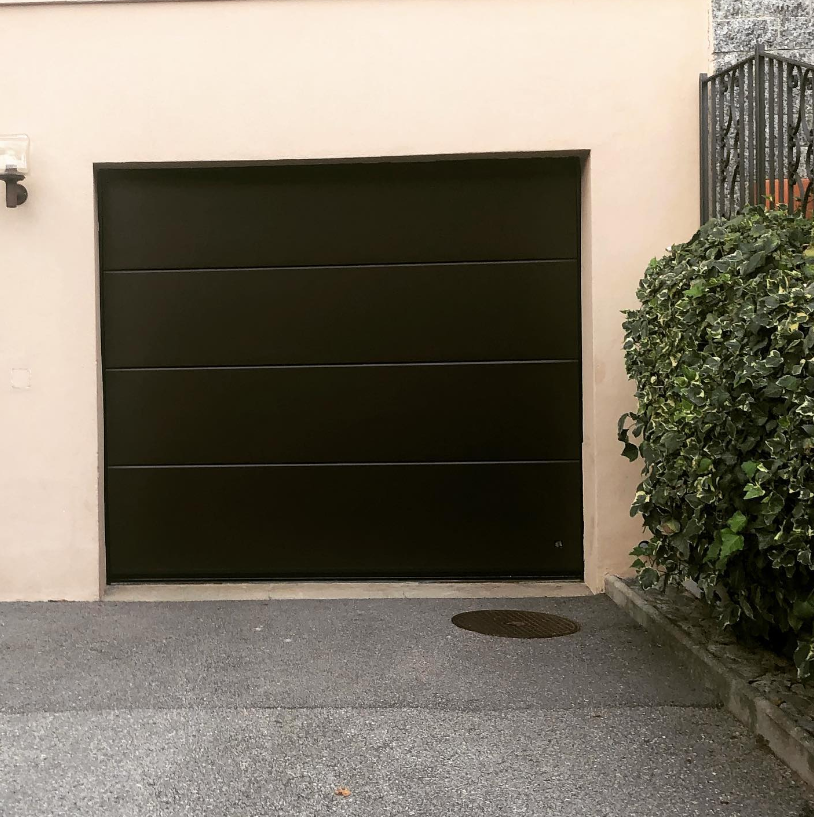
@atf_automation_technic_firm
What is an FD fire rating?
An FD rating shows the amount of time a product can guard against the spread of smoke and fire. The most prevalent are FD30, which protects for up to 30 minutes, and FD60, which protects for 60 minutes. Some classifications, such as FD30S, are especially for smoke resistance.
FD30 Rated
These are most typically seen in residential residences and provide enough protection for speedy evacuation of family homes. Available in a variety of wood types, finishes, and designs, it is simple to choose a trendy and fire-resistant design.
FD60 Rated
These are frequently employed in commercial settings since they provide more time for a quick and safe departure for large number of people in a building. There are internal and exterior styles to pick from, as well as sizes to ensure an exact fit.
Where to install fire doors in residential buildings:
Two levels and extensions:
If a residential property has rooms on more than two levels, including loft conversions, FD30-rated hardware must be installed between usable rooms that connect to stairwells.
Garages:
Fire doors must also be installed between dwellings and integrated garages. A fire-related fixture is required at every entry that goes indoors from an exterior facility, such as a garage.
Apartment entrances:
Flat doorways are required by law to have fire-rated components. This helps to slow the spread of fire and smoke from one unit to the next in the case of a fire.
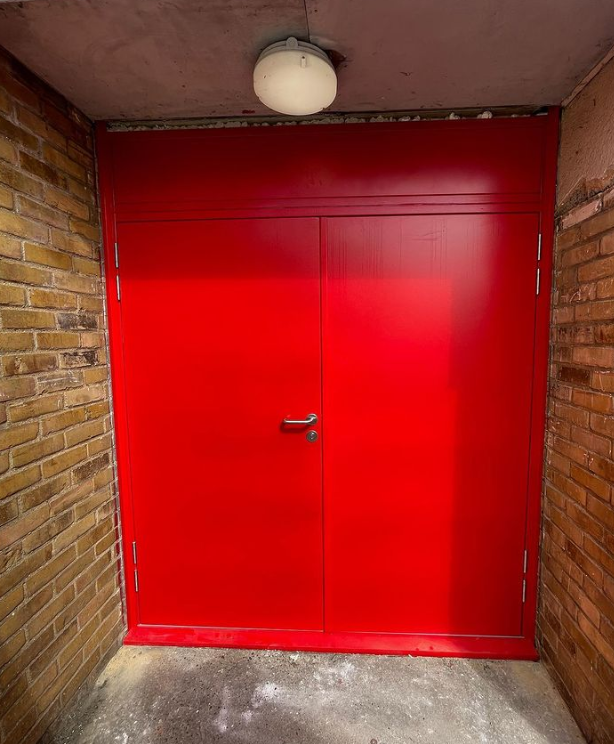
@swordfixings
Where to use in commercial properties:
- Commercial
escapes
: To prevent individuals
from becoming trapped, multi-story buildings must include enough stairs and
alternate escape routes. Fire exits must also be suitably large and well-marked
to enable for a quick and easy evacuation in the event of an emergency.
- Public passageways: Any rooms that link to an evacuation route are
required by law to have fire-rated door sets. This is done to prevent fire and
smoke from obstructing any escape routes, making it safer and simpler to
evacuate.
- Entrance widths: In commercial establishments, a minimum opening
of 800mm is necessary. The gap must span at least 825mm in broader corridors of
1200mm or greater. External exits must also have a minimum width of 1000mm.
- Resistance: To obtain an effective and consistent degree of fire
protection in any given site, all doorway components and linking walls must
have a minimum rating of FD60. This contains components that are fire-rated.
- Ventilation and glass: A spacing of up to 3mm between is necessary to
allow intumescent strips to grow during a fire. To fulfil building control
specifications, all glazed doorways must have safety glass installed by an
expert.
- Lockable
doorways:
Internal rooms
that must be kept always secured, such as storage cabinets, must also have fire
door set assemblies. This form of entrance can be seen in business settings,
schools, and workplaces.
Tips for buying fire doors:
- Frames: Specialist framing parts must be fire rated since
they are a vital part of the construction of an entranceway. Other components,
such as entrances or locking parts, should have the same fire rating.
- Casings: While simultaneously providing support, these fire-rated sections offer increased strength to keep an entranceway's efficacy against fire and smoke spread. The FD rating, such as 30, should be consistent with the remainder of the installation.
- Linings: When installing a fire-safe entry, this sort of
specialised component is required by law. They, like the other parts, must
match the overall FD-rating of the doorway for it to be completely compliant.
- Fire rated hinges: When installing a fire door, a minimum of three fire-rated hinges are necessary; all must resist temperatures of at least 800 degrees. The weight it can support is also determined by its grade.
- Door closers: Closers that are fire-rated swing shut after usage,
shutting off regions in the case of a fire. They may be necessary in some
locations, so check with your local building control.
- Fire door locks: A fire-safe entryway should be equipped with locks
that meet BS EN 12209 criteria. For further protection, they must be installed alongside
intumescent paper.
- Panic hardware packs: In an emergency, any exits must be visible as well
as quick and simple to access. Clear signs and fire-rated push pads can be
included as extras to ensure a rapid exit in the case of a fire.
- Intumescent strips: Strips are installed between doors and frames,
while pads protect components such as hinges. When heated, they expand to form
a tight seal. This will assist to limit the spread of smoke and fire, giving
people more time to evacuate.
- Foams: It is vital to fill and seal the space between the wall and the frame with a suitable fire-resistant substance. One product that is excellent for filling this gap and producing a safe entryway is fire certified foam.
- Fire-rated packs: Before building a doorway, make sure you have all of the necessary components to defend against fire. For a secure and comprehensive installation, these combination kits include everything from hinged fixings to lockable components.
- Alarms and detectors: There are no smoke detectors to raise the alert in 25% of major fires (source: Gov.uk), thus installing one can make a significant difference in personal safety. In an emergency, modern alarms and smart gadgets may even transmit smartphone notifications.
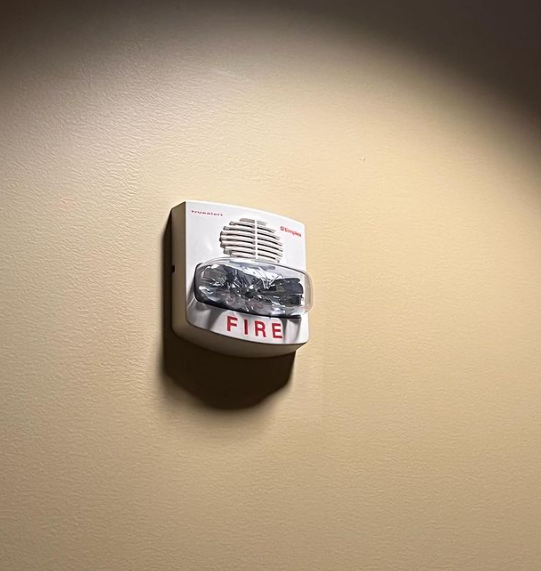
@thefirealarmking
With over 45,000 fires breaking out in homes and businesses each year (source: Gov.uk), ensuring that your fire doors are up to code is critical. And, in honour of Fire Door Safety Week, we encourage you to inspect your fire doors for any flaws or weaknesses that they may be facing without your knowledge.
And with that, we hope our Fire Door Safety Guide
has helped you become more knowledgeable about the issues surrounding fire
doors. For more help and advice,
here are a couple of reading recommendations from the Fire Door Safety
Week
website.
For more information about the Fire Door Safety Week, what it is and how you
can get involved, please check out their
website.
If you need any further assistance or advice from Howarth, you can contact our customer services team on the number 01472 907051.
Recent Posts
-
5 Paving Ideas for Small Gardens
In the world of gardening, size doesn't always matter. Even in the smallest of spaces, like an
-
Fencing – An Ultimate Guide
It's important to think about your intentions when selecting a fence for your garden. Different

